Toshiba Pocket PC e400/e405 User's Manual
Introduction
Contents
Chapter 1: Getting Started
Welcome
Where to Find Information
Chapter 2: Basic Skills
Parts Names and Function
Main unit (front view)
Initial Setting of User Programmable Button
Cradle (Optional)
Main unit (back view)
Power Button
Battery Switch
To turn on the battery switch:
Battery Alarm LED
How to Use the Stylus
About the Cursor Button
About the Scroller
Hold Switch
Flash ROM Disk (NAND Flash Memory)
Battery Charging
How to Charge the Battery
How to Prolong Battery Life
Battery Life
Battery Charge Level and Stored Data Protection
How to use the Optional USB Host Cable
To connect a USB keyboard to the Pocket PC:
Initial Setup
Using a SD Card
To insert a card:
To remove a card:
Connecting to a Computer
To connect directly using the supplied connection cable:
To Connect Using the Optional Cradle:
Today Screen
Programs
Navigation Bar and Command Bar
Pop-up Menus
Notifications
Enter Information on Your Toshiba Pocket PC
Entering Text Using the Input Panel
To type with the soft keyboard:
To use Letter Recognizer:
To use Block Recognizer:
To use Transcriber:
Writing on the Screen
To write on the screen:
To select writing:
Drawing on the Screen
To create a drawing
To select a drawing
Recording a Message
To create a recording:
Using My Text
Find and Organize Information
Customize Your Toshiba Pocket PC
Adjusting Settings
Adding or Removing Programs
To add programs using ActiveSync
To add a program to the Start menu
To remove programs
Setting Password
To Set Screen light
Setting Power
Setting Memory
To confirm usage status of a storage card:
To release memory:
Setting Advanced Sounds
Setting Microphone
Chapter 3: Microsoft ActiveSync
Chapter 4: Microsoft Pocket Outlook
Calendar: Scheduling Appointments and Meetings
To create an appointment:
Using the Summary Screen
Creating Meeting Requests
Contacts: Tracking Friends and Colleagues
To find a contact:
To create a contact:
Finding a contact
Using the Summary Screen
Tasks: Keeping a To Do List
To create a task:
Using the Summary Screen
Notes: Capturing Thoughts and Ideas
To create a note:
Inbox: Sending and Receiving Email Messages
Synchronizing Email Messages
Using the Message List
To read your messages:
To respond to a received message:
Composing Messages
To compose a new message:
Managing Email Messages and Folders
Chapter 5: Companion Programs
Pocket Word
Typing Mode
Writing Mode
Drawing Mode
Recording Mode
Pocket Excel
Tips for Working in Pocket Excel
MSN Messenger
Setting Up
Working with Contacts
Chatting with Contacts
Windows Media Player
Chapter 6: Pocket Internet Explorer
The Mobile Favorites Folder
Favorite Links
Mobile Favorites
To create a mobile favorite:
To save device memory
Using AvantGo Channels
Synchronize an AvantGo channel
Using Pocket Internet Explorer
To view mobile favorites and channels:
To browse the Internet:
Chapter 7: Getting Connected
Transferring Items Using Infrared
To receive information:
End a Connection
Get Help on Connecting
Chapter 8: Optional Functions
Home
Launching an Application From the Home Screen
About the Home Screen
About the Information Window
About Running
Application Activate/Stop:
Display Icon List
Moving Application Icons
To move icons in tabs:
To move icons to another tab using the pop-up menu:
To move icons to another tab using drag and drop:
Deleting an Icon
Adding an Icon
Renaming Icons
Switching Icon Display
Tab Settings
To add a tab:
To delete a tab:
To change the name of a tab:
To sort icons:
To change a background:
Background Color and Text Color Setting
To apply Background Color and Text Color:
Using DataBackup
Making a Backup
Carrying Out the Restore Operation
Deleting a Backup File
To delete the backup data:
Making an Auto Backup
To make a backup automatically:
Setting the World Clock
To select the city from a zoomed map:
TOSHIBA Voice Recorder (TVR)
To use TVR to record:
To play a file from the TVR:
To set the TVR options:
Using Text to Speech
To setup Text to Speech from Companion CD:
Mail Speech
To start Mail Speech:
Text Speech
To read out a text file:
To read the text copied on clipboard:
Speech Settings
Reading Tab
Mail Tab
Using Voice Command
Installing the Voice Command
Setting Up Voice Command
Global Command
User Command
To use the commands to insert texts:
To use the commands to launch applications:
Using Voice Command for Each Application
Voice Command Settings
Checking the Command List
To define the action for a User Command:
To define text for the command:
To assign a program to the command:
Arrange the Recognition Level of Voice Command
System Information
Identity Tab
Memory Tab
Drivers Tab
System Tab
Tools Menu
Chapter 9: Additional Information
Troubleshooting
Resetting
Initializing
Specifications
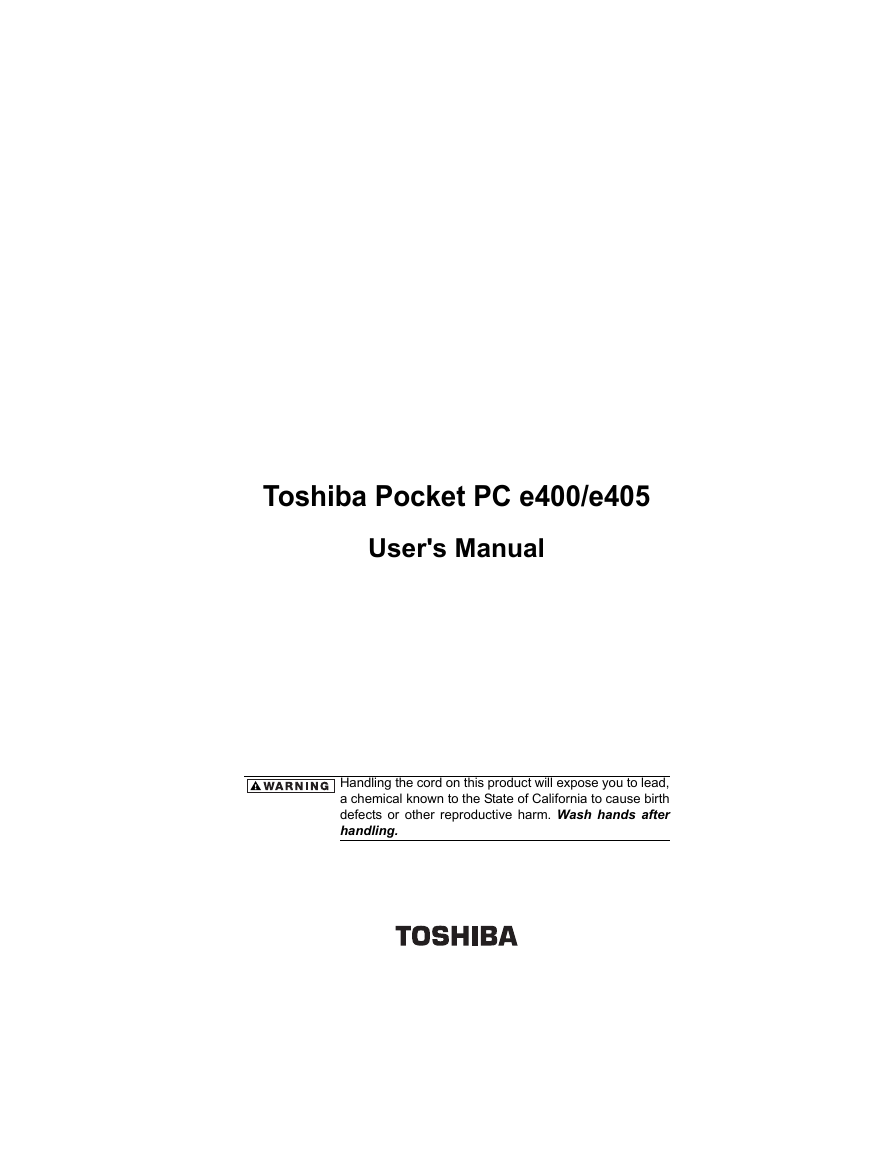
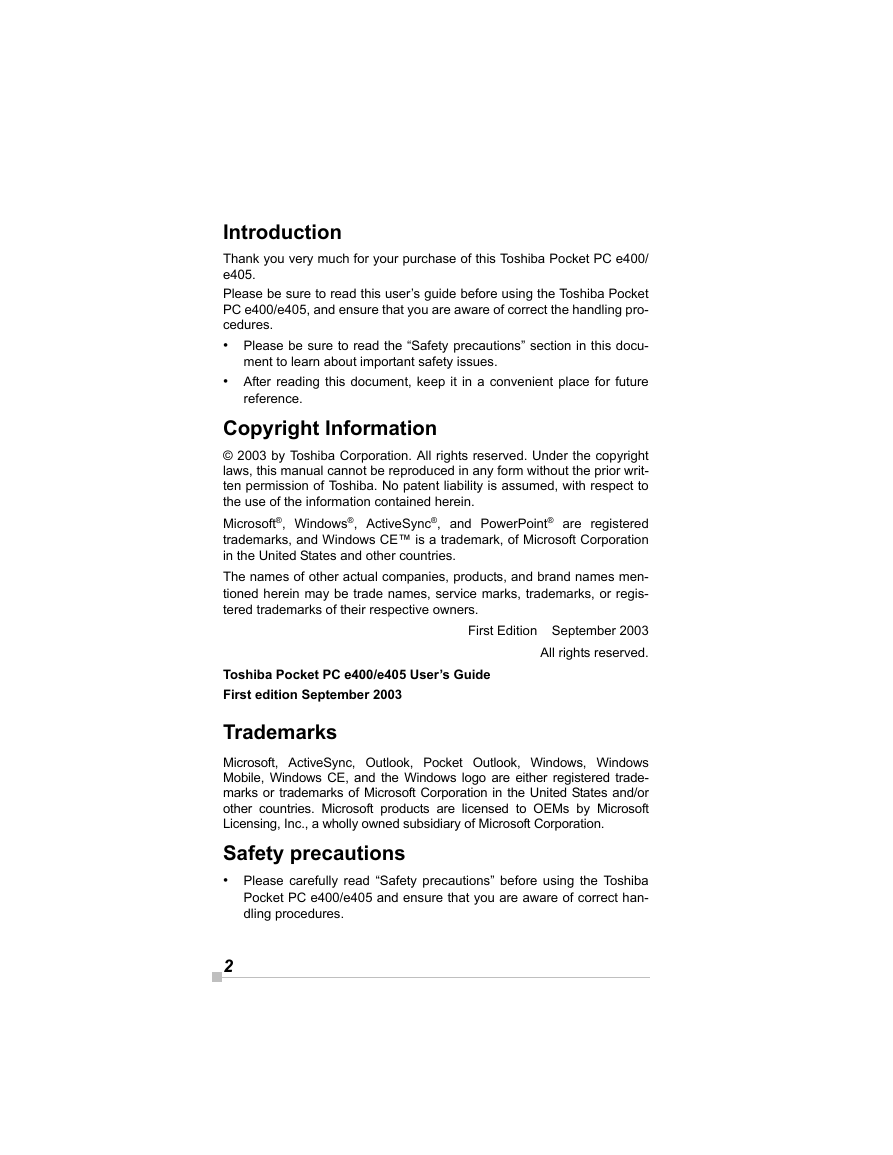
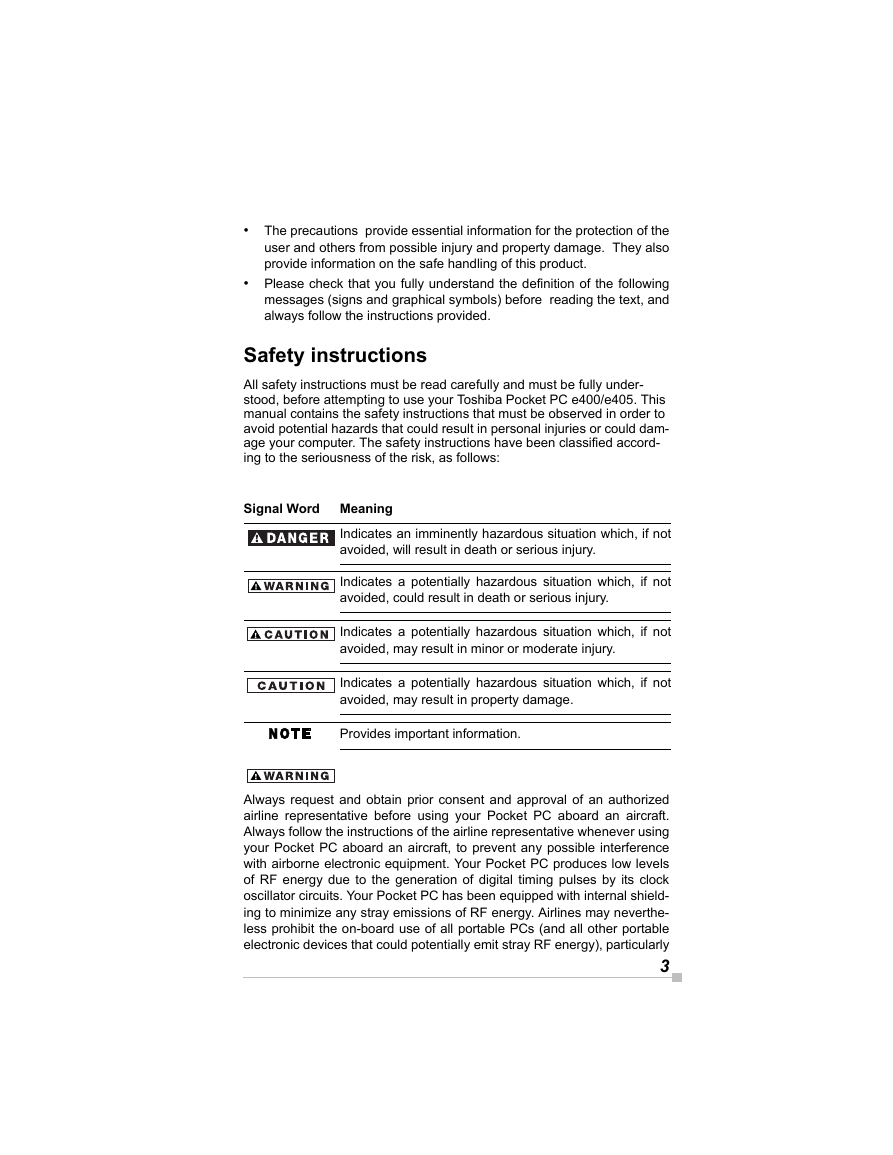

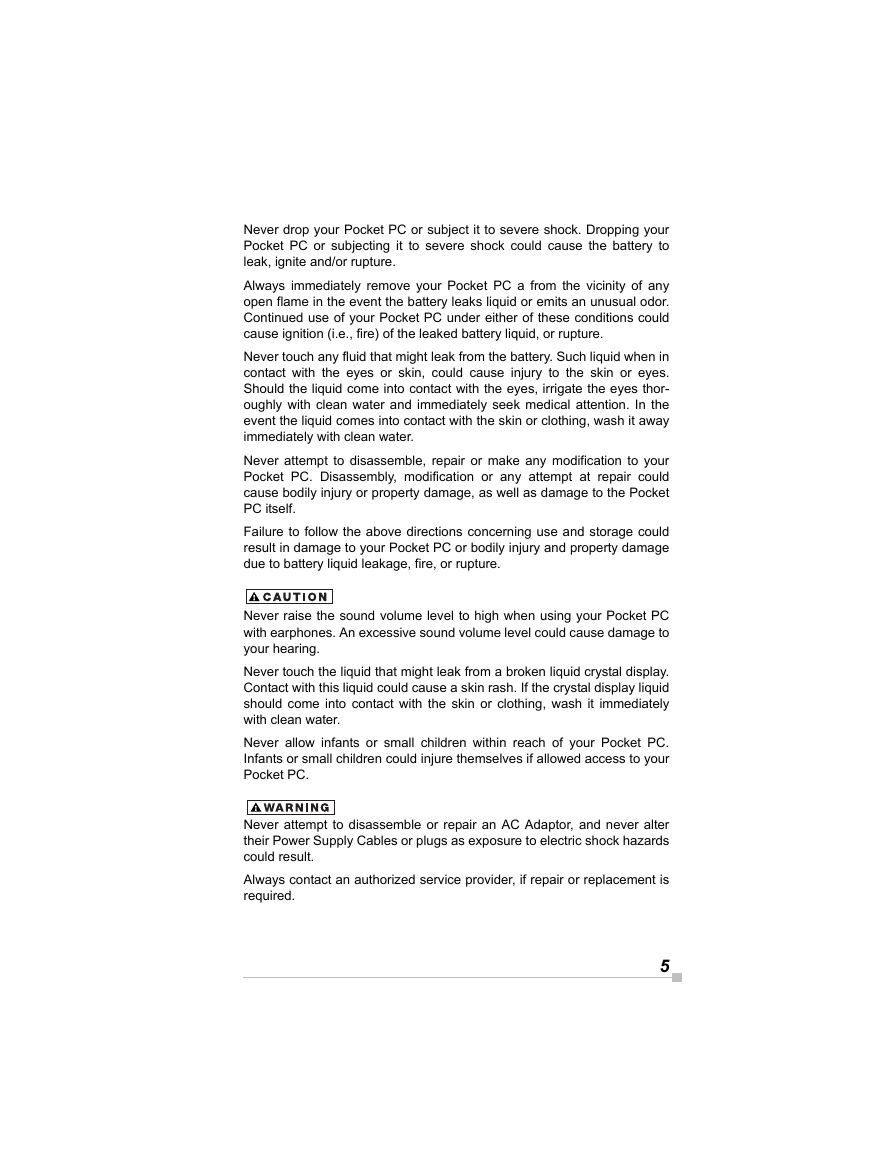
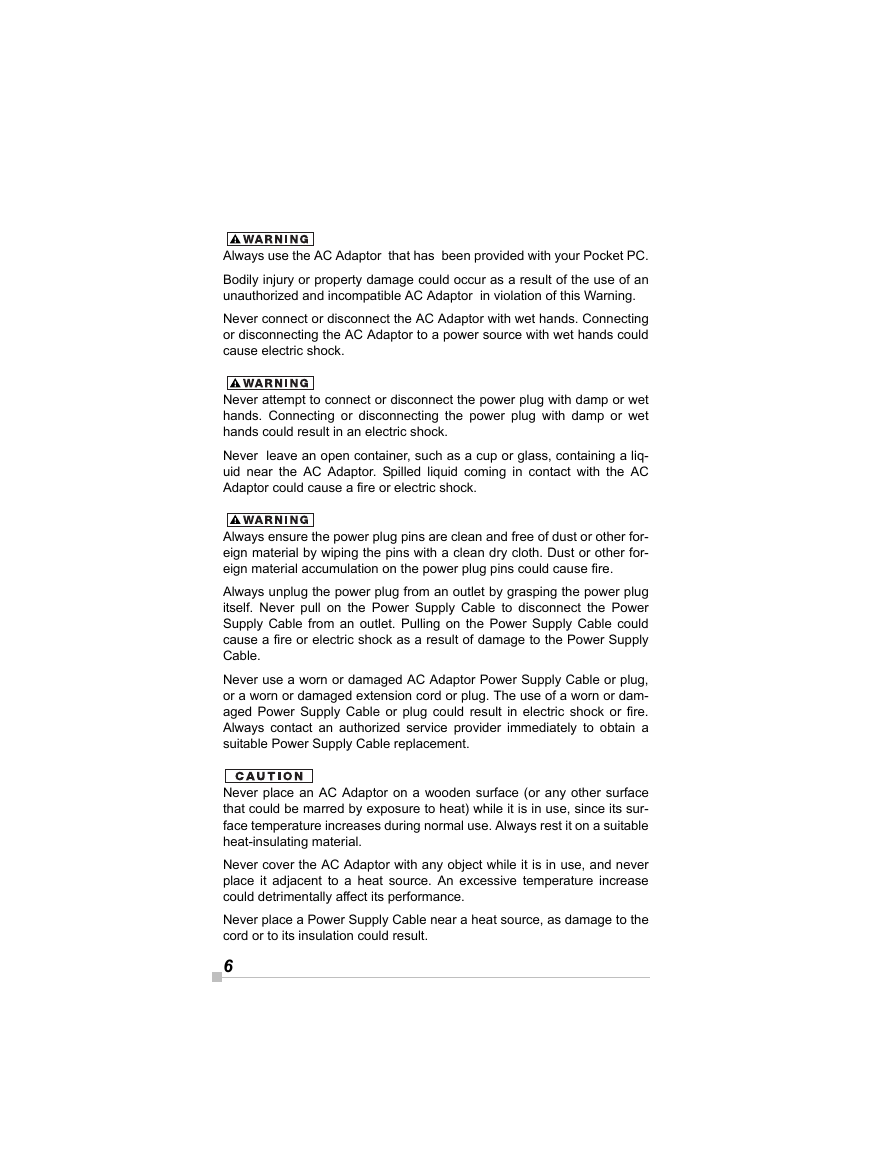
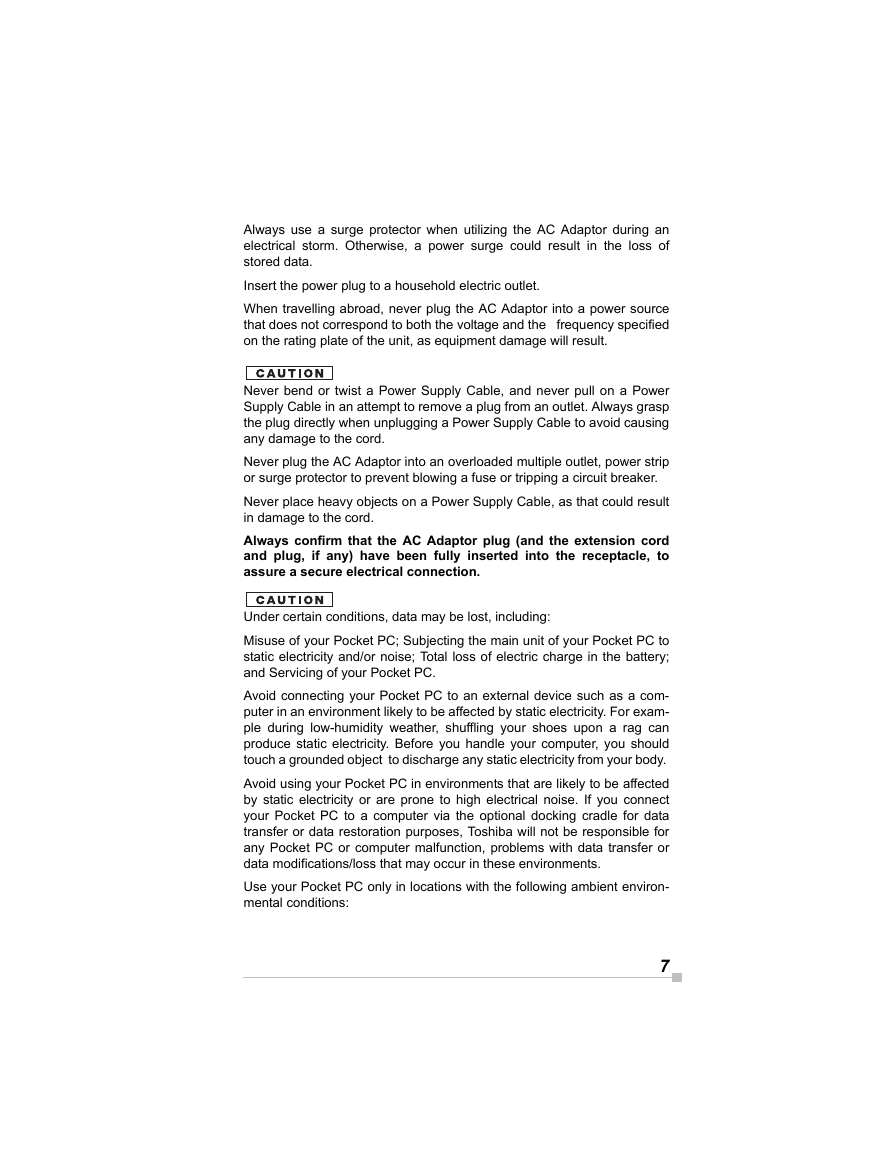
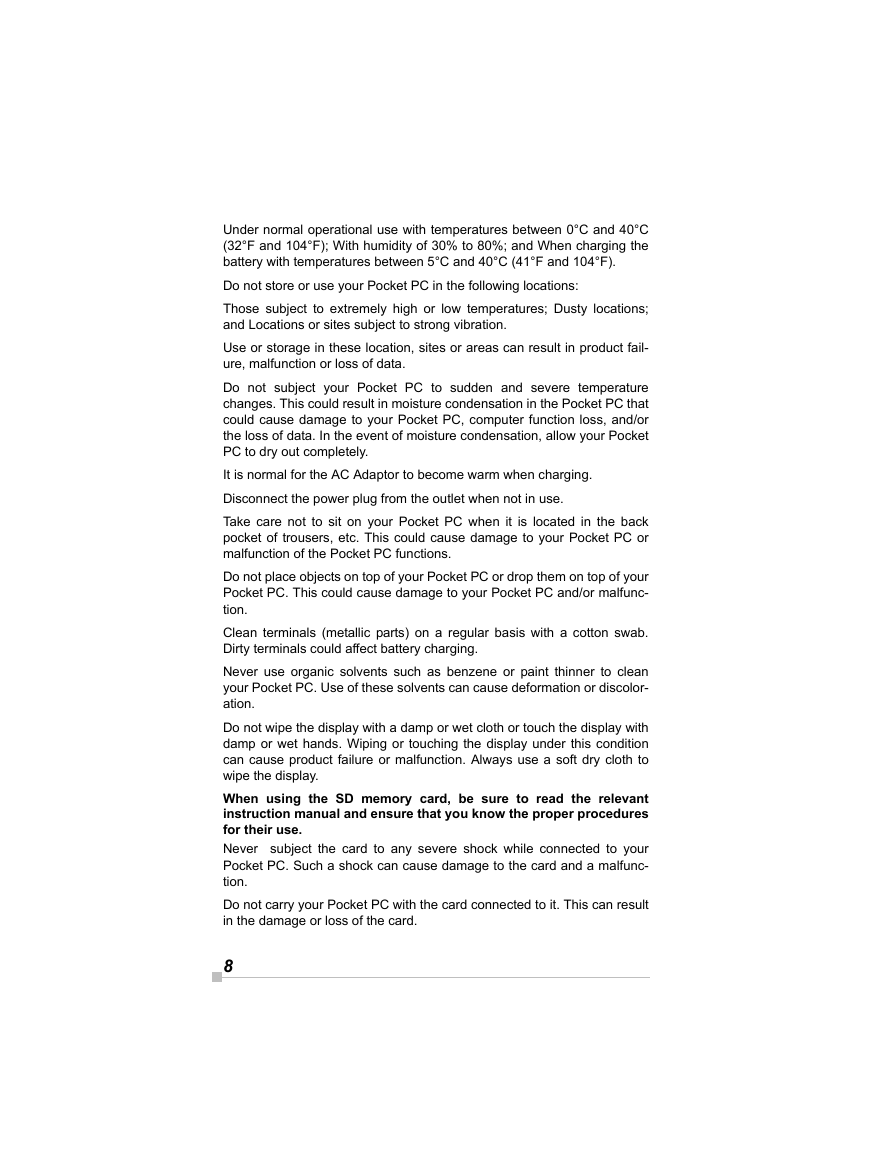








 2023年江西萍乡中考道德与法治真题及答案.doc
2023年江西萍乡中考道德与法治真题及答案.doc 2012年重庆南川中考生物真题及答案.doc
2012年重庆南川中考生物真题及答案.doc 2013年江西师范大学地理学综合及文艺理论基础考研真题.doc
2013年江西师范大学地理学综合及文艺理论基础考研真题.doc 2020年四川甘孜小升初语文真题及答案I卷.doc
2020年四川甘孜小升初语文真题及答案I卷.doc 2020年注册岩土工程师专业基础考试真题及答案.doc
2020年注册岩土工程师专业基础考试真题及答案.doc 2023-2024学年福建省厦门市九年级上学期数学月考试题及答案.doc
2023-2024学年福建省厦门市九年级上学期数学月考试题及答案.doc 2021-2022学年辽宁省沈阳市大东区九年级上学期语文期末试题及答案.doc
2021-2022学年辽宁省沈阳市大东区九年级上学期语文期末试题及答案.doc 2022-2023学年北京东城区初三第一学期物理期末试卷及答案.doc
2022-2023学年北京东城区初三第一学期物理期末试卷及答案.doc 2018上半年江西教师资格初中地理学科知识与教学能力真题及答案.doc
2018上半年江西教师资格初中地理学科知识与教学能力真题及答案.doc 2012年河北国家公务员申论考试真题及答案-省级.doc
2012年河北国家公务员申论考试真题及答案-省级.doc 2020-2021学年江苏省扬州市江都区邵樊片九年级上学期数学第一次质量检测试题及答案.doc
2020-2021学年江苏省扬州市江都区邵樊片九年级上学期数学第一次质量检测试题及答案.doc 2022下半年黑龙江教师资格证中学综合素质真题及答案.doc
2022下半年黑龙江教师资格证中学综合素质真题及答案.doc